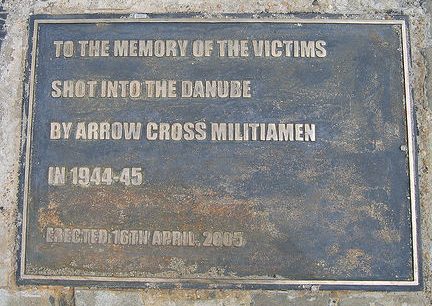The story of the Warsaw Ghetto uprising has been well documented. But the details are often lost. There were two uprisings.
In January 1943, German SS and police began a wave of mass deportations, planning to send thousands of the ghetto’s remaining Jews to forced-labor camps in the Lublin District of the General Government.
A small group of Jewish fighters, armed with pistols, infiltrated a column of Jews being forced to the Umschlagplatz (transfer point). At a prearranged signal, this group broke ranks and fought their German escorts. Although most of the Jewish fighters died in the battle, the attack disoriented the Germans, giving the Jews a chance to disperse.
Encouraged by the apparent success of the resistance, people in the ghetto began to construct subterranean bunkers and shelters. They were preparing for an uprising should the Germans attempt a final deportation of the remaining Jews from the ghetto.
Then, on April 19, 1943, the eve of the Passover holiday, the Jews of the Warsaw ghetto began the next act of armed resistance against the Germans. Lasting twenty-seven days, this act of resistance came to be known as the Warsaw ghetto uprising.
And despite years in a starvation-menu ghetto and no access to weapons fought the Nazis for nearly a month, until artillery leveled the ghetto. It was a total modern Masada. Just unbelievable bravery against overwhelming odds with captured and handmade weapons. (This may have been where the lipstick-casing-as-cartridge-case story came from.)
It is grimly amusing to note that the Warsaw inmates, with their pathetic weaponry, held off the German army for 27 days, while the French army fell in 24 days.












